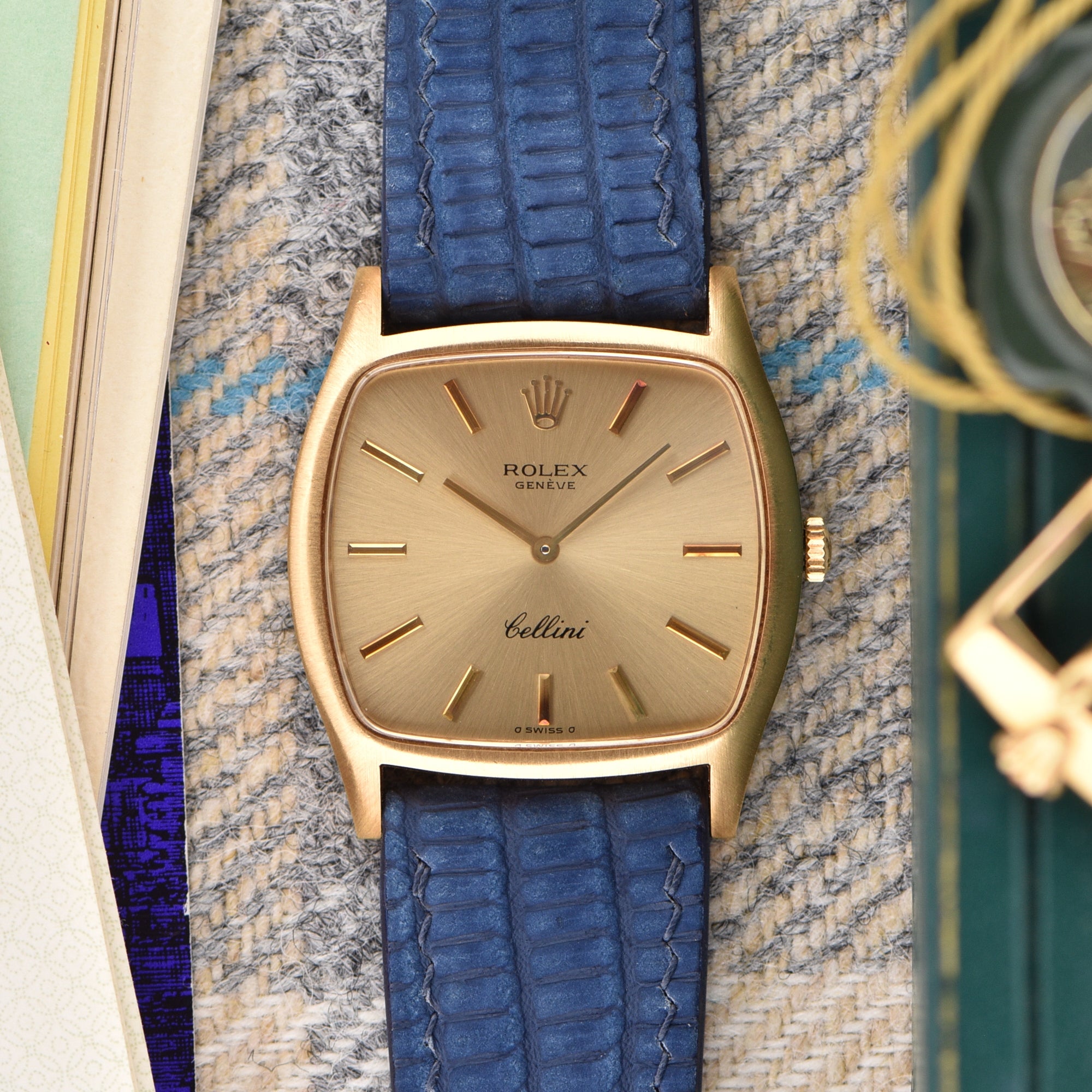
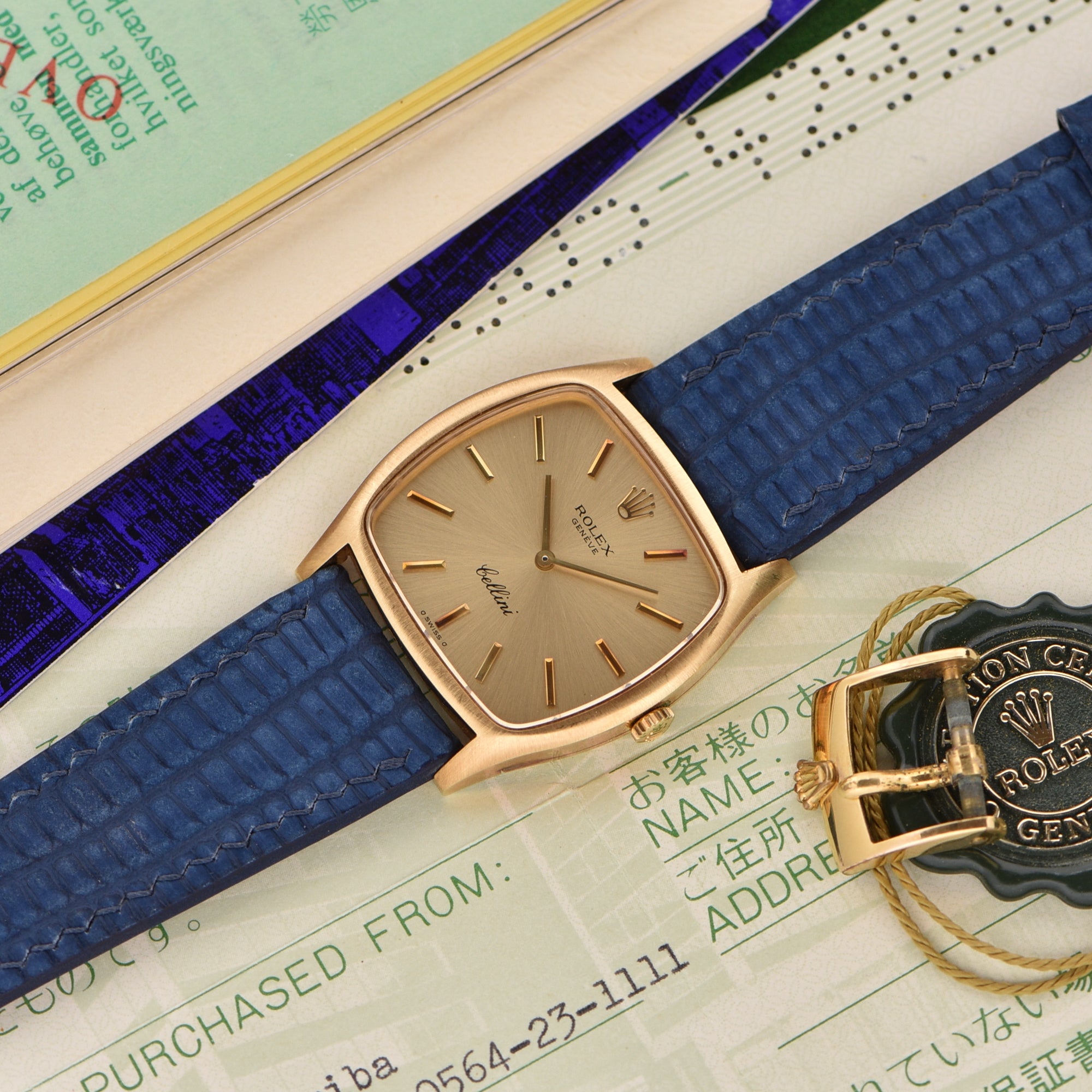
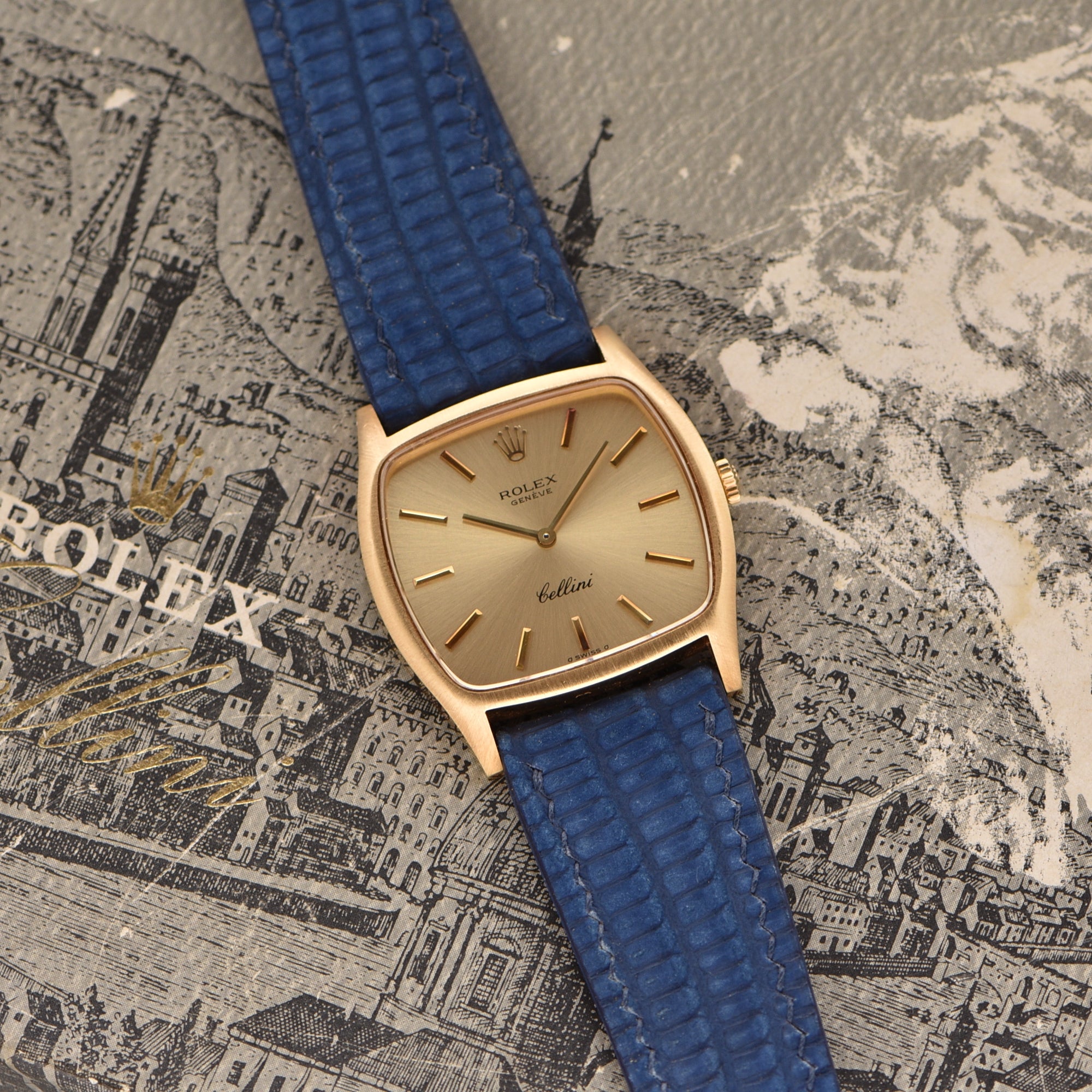

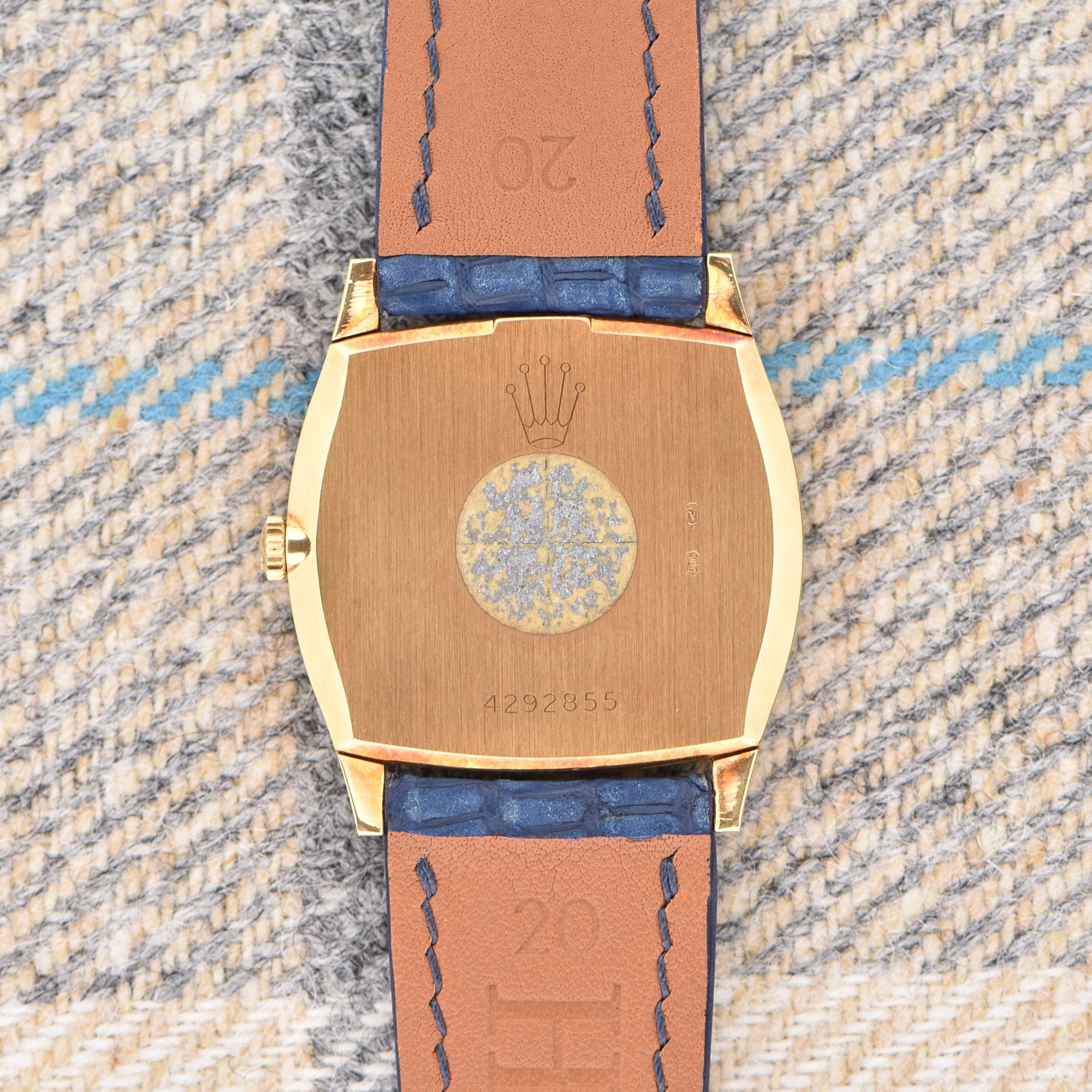
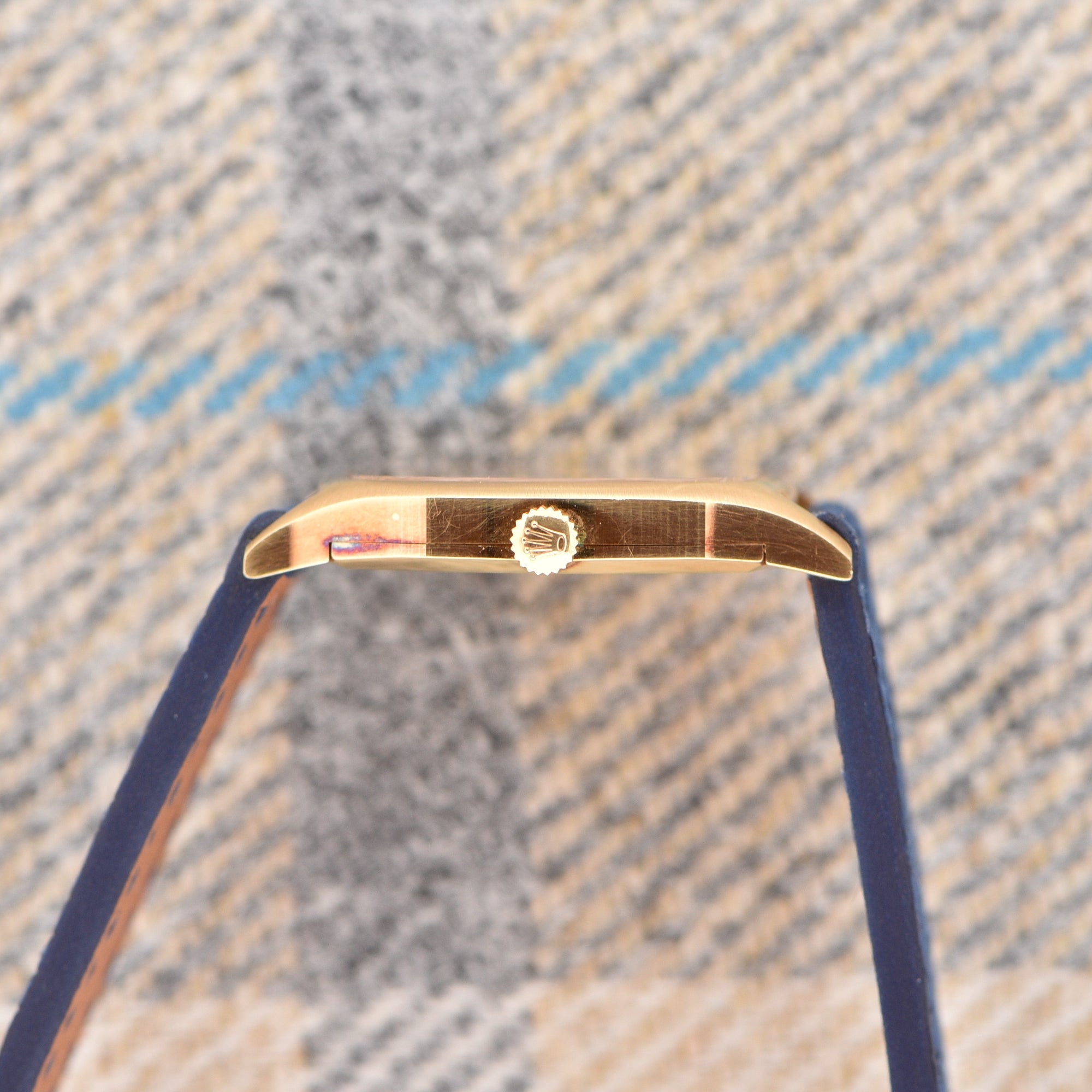
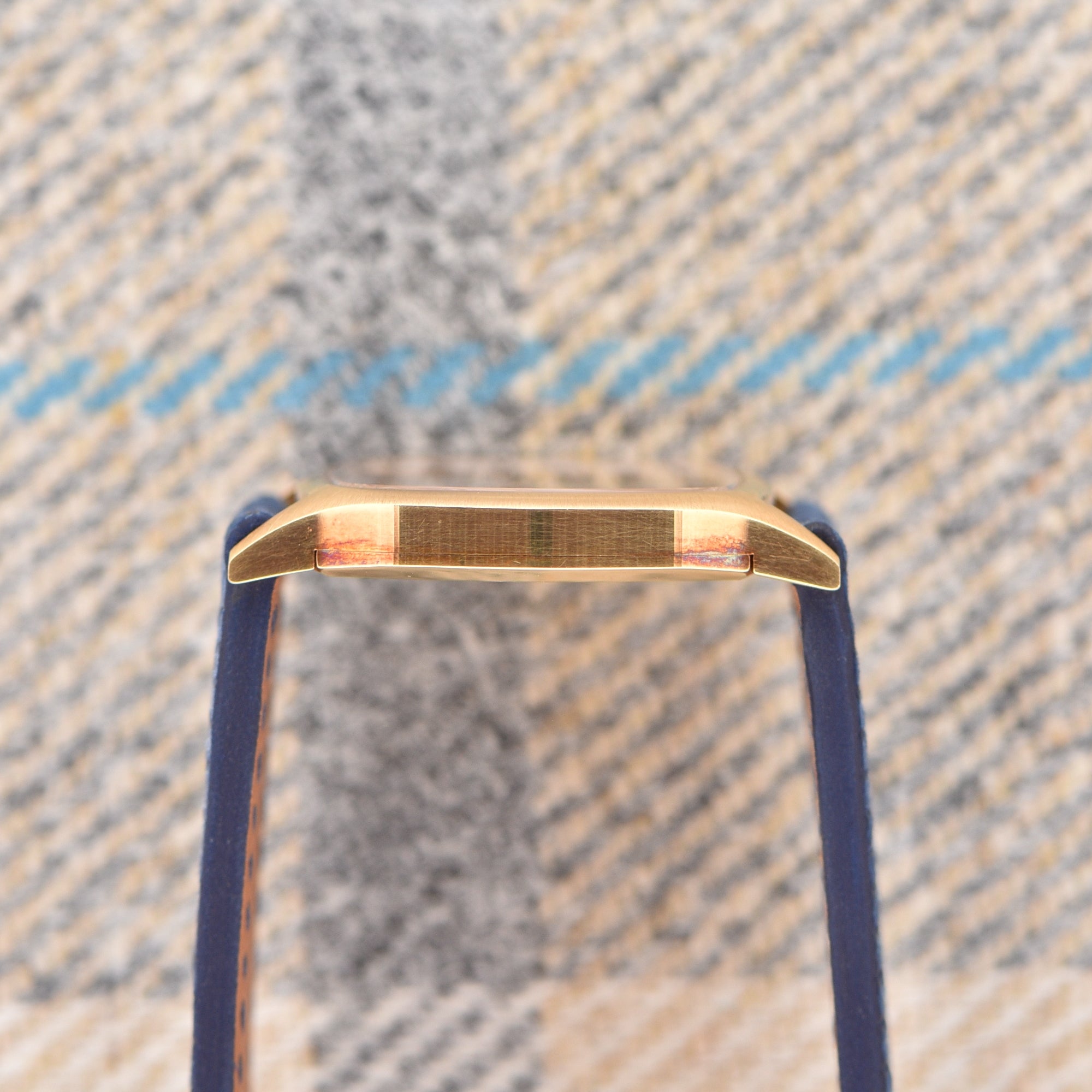


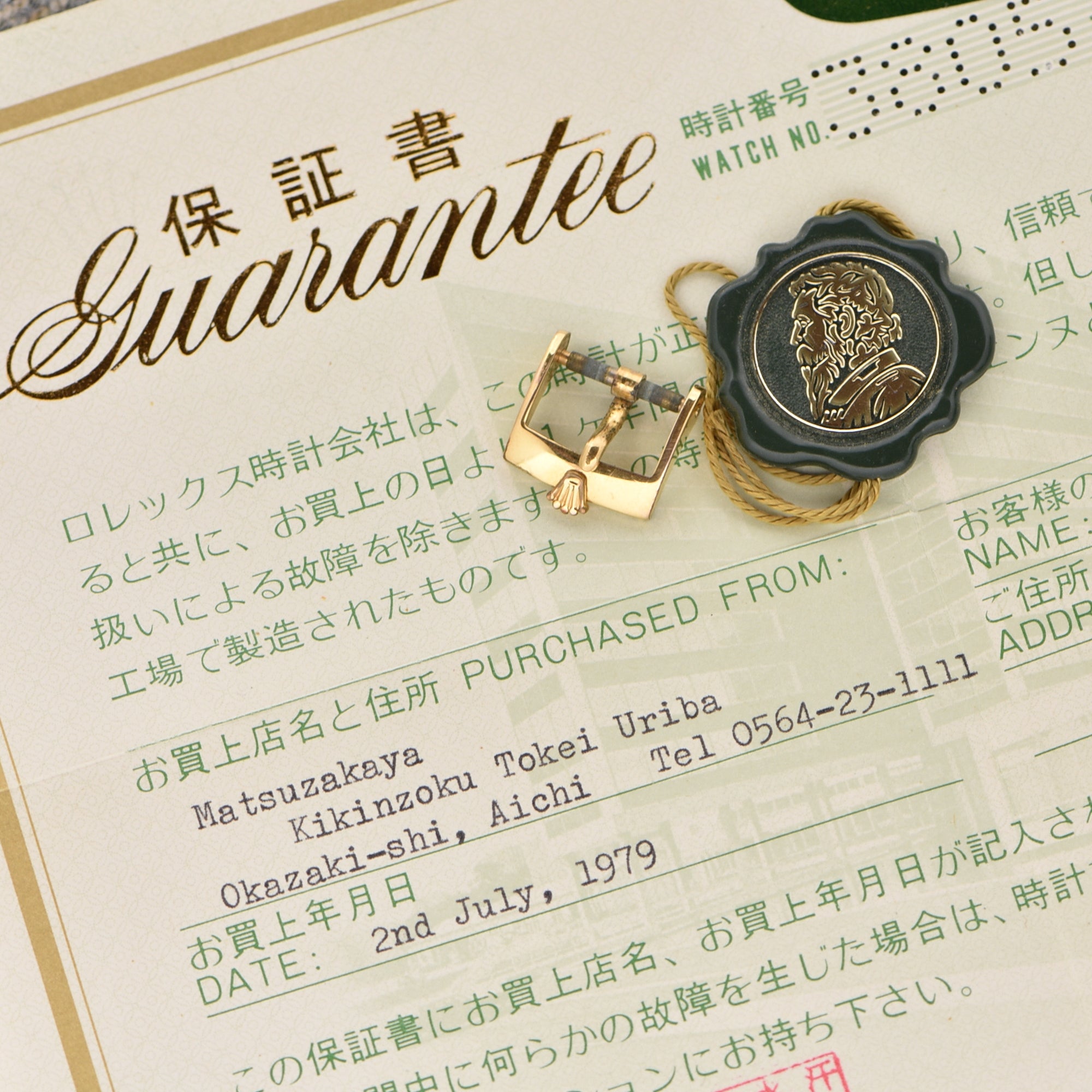
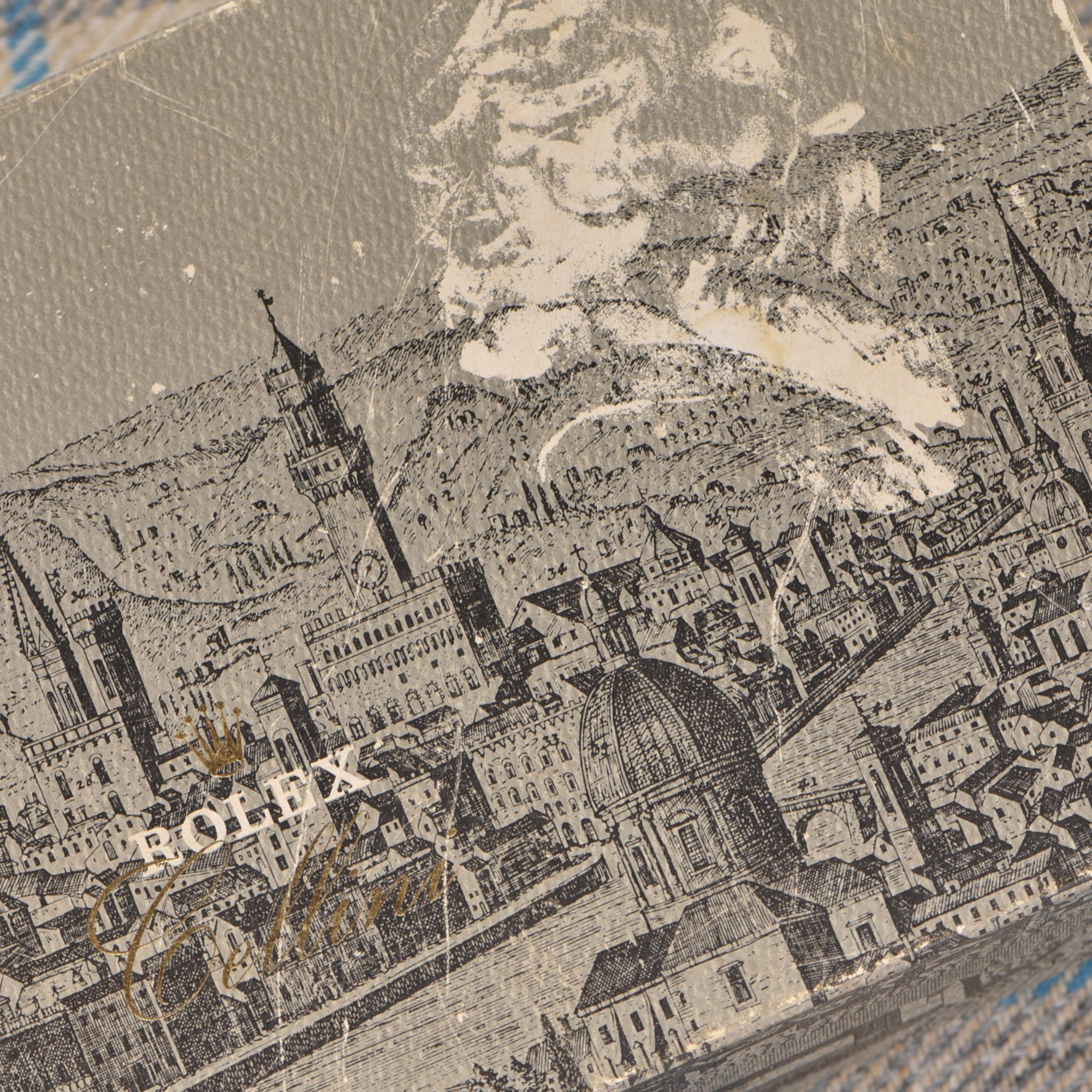
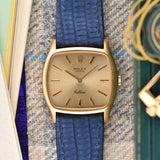

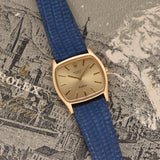
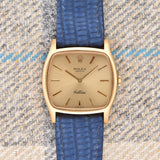

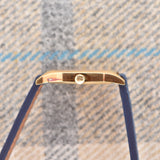
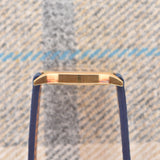
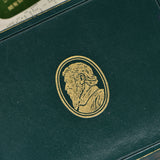

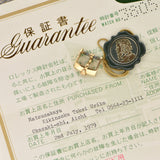
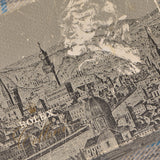
1976 Rolex Cellini Tonneau - Complete Set
- Reference 3805
- Boxes, Papers, Booklets, Hangtag, Buckle
- Wire Price: $3,500
- Specifications
- The Story
- The Brand
Year: 1976
Model: Cellini
Case Diameter: 31.5mm
Lug to Lug: 35mm
Case: Yellow Gold
Dial: Champagne
Movement: Manual
Condition
This is a very nice example of the 3805 Cellini. The unpolished case is in fantastic condition with its original caseback sticker. The Sigma stamped dial is just as clean with a beautiful sunburst finish. The watch comes as a complete set with its box and papers.
The Rolex Cellini collection, named after Italian goldsmith Benvenuto Cellini, is a collection of refined and often gem-set dress watches. The brand's shift from building reliable tool watches to luxury-oriented watch collection was led by Rene-Paul Jeanneret, who aimed to create the "tool watch" concept. By the early 1960s, the Cellini collection was already a diverse assortment of elegant, dress-oriented timepieces. By the 1970s, the collection expanded to incorporate bold, angular designs, hiring prominent designers like Gérald Genta. The 'King Midas' and ref. 4651 are examples of Cellini watches that embodied the era's design traits, such as a non-traditional case shape, strong angular lines, and a distinct integrated bracelet. The Cellini was the first Rolex collection to focus strictly on aesthetics, rather than pure functionality, which has since become more common in the watch industry.
The Rolex Cellini collection, which began with bold and angular lines in the 1970s, has since shifted towards more conventional and timeless designs. The modern Cellini timepieces, which are still available today, share many design cues from the early 2000s Cellini watches. The most recent addition to the Cellini collection was the reference 50535, a 39mm model in Everose pink gold, featuring a pointer date and a moonphase complication. All modern Cellini watches share a 39mm case crafted from either 18k white gold or Rolex's proprietary Everose pink gold. Despite the range of dials and complications, the modern Cellini watches have a more cohesive overall aesthetic than previous Cellini generations.
The reference 3805 is a simple and clean Cellini made for a short period of time. The manual movement keeps the precious metal case thin, paired with the simplistic dial configuration, The 3805 gives you the perfect Rolex dress watch.
Wilsdorf & Davis was initially a watch importer, but by 1908, Wilsdorf had registered 'Rolex' as a trademark. The name was chosen after trial and error, with some believing it was taken from the phrase 'horological Excellence' or because the word sounds like a watch being wound. Wilsdorf was aware of the power of branding and began a long campaign to get the new company name on the watches he exported. The relationship between Rolex and Aegler started the same year that Wilsdorf & Davis set up the business, placing the largest order for wristwatches ever seen. Wilsdorf was attracted by Aegler's commitment to the highest quality, as their movements were extremely accurate and small. In 1910, one of Rolex's models won a First Class Chronometer Certificate from the rating office in Bienne, Switzerland, and in 1914, another piece became the first ever wristwatch to be granted a Class A Chronometer Certificate from the Kew Observatory in England, the only non-marine timepiece to ever achieve it. The firm of Wilsdorf & Davis became synonymous with a commitment to uncompromising excellence.
WWI in 1914 led to the rebranding of Wilsdorf & Davis as Rolex in 1915. The British government imposed a 33.3% tax on luxury goods, forcing Rolex to relocate to Bienne. Despite the war, the wristwatch proved its utility, as it was used by soldiers during combat and in the field. Rolex produced trench watches, using Aegler's small movements for wearability. By the end of the war, wristwatches became a utilitarian accessory for men. In the years between the wars, Rolex asserted its independence, partnering with Carl F. Bucherer to resist the Federation of Swiss Watch Manufacturers. In 1926, Rolex introduced the Oyster case, making wristwatches waterproof, dustproof, and robust. Wilsdorf capitalized on this innovation by installing Rolex Ambassadors, or 'Testimonies', with celebrities as a marketing masterstroke.
During WWII, Switzerland retained its neutrality, meaning that it was one of the few countries not forced to shut down watch manufacturing to supply the war effort. As a result, by the end of hostilities, the Swiss watch industry was way ahead of other nations. Rolex truly came of age in the 1950s by launching some of the most enduring legends in watchmaking, such as the Explorer, Submariner, GMT-Master, Day-Date, and Milgauss.
The quartz crisis of the 1970s and 80s forced the company to change tactics but ultimately repositioned itself as the purveyor of the ultimate luxury lifestyle. Today, the name Rolex is synonymous with refinement, opulence, and personal accomplishment. The Rolex brand as we know it today is the byproduct of an unrelenting drive for excellence and over a hundred years of refinement and development, all in pursuit of the brand’s singular goal of making the world’s best wristwatch.
1976 Rolex Cellini Tonneau - Complete Set
Authenticity Guaranteed
All our watches are carefully inspected to insure the authenticity of the watch
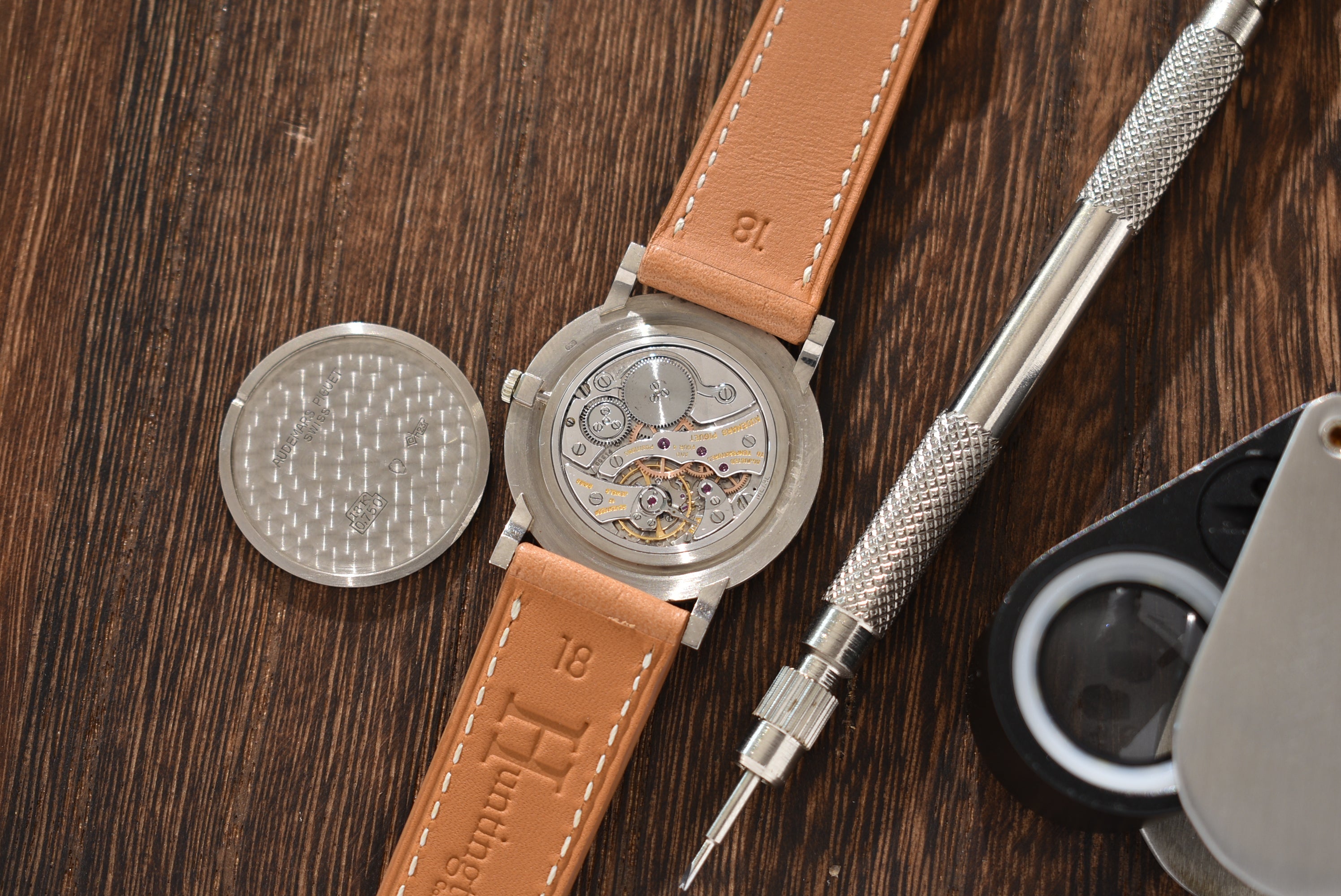
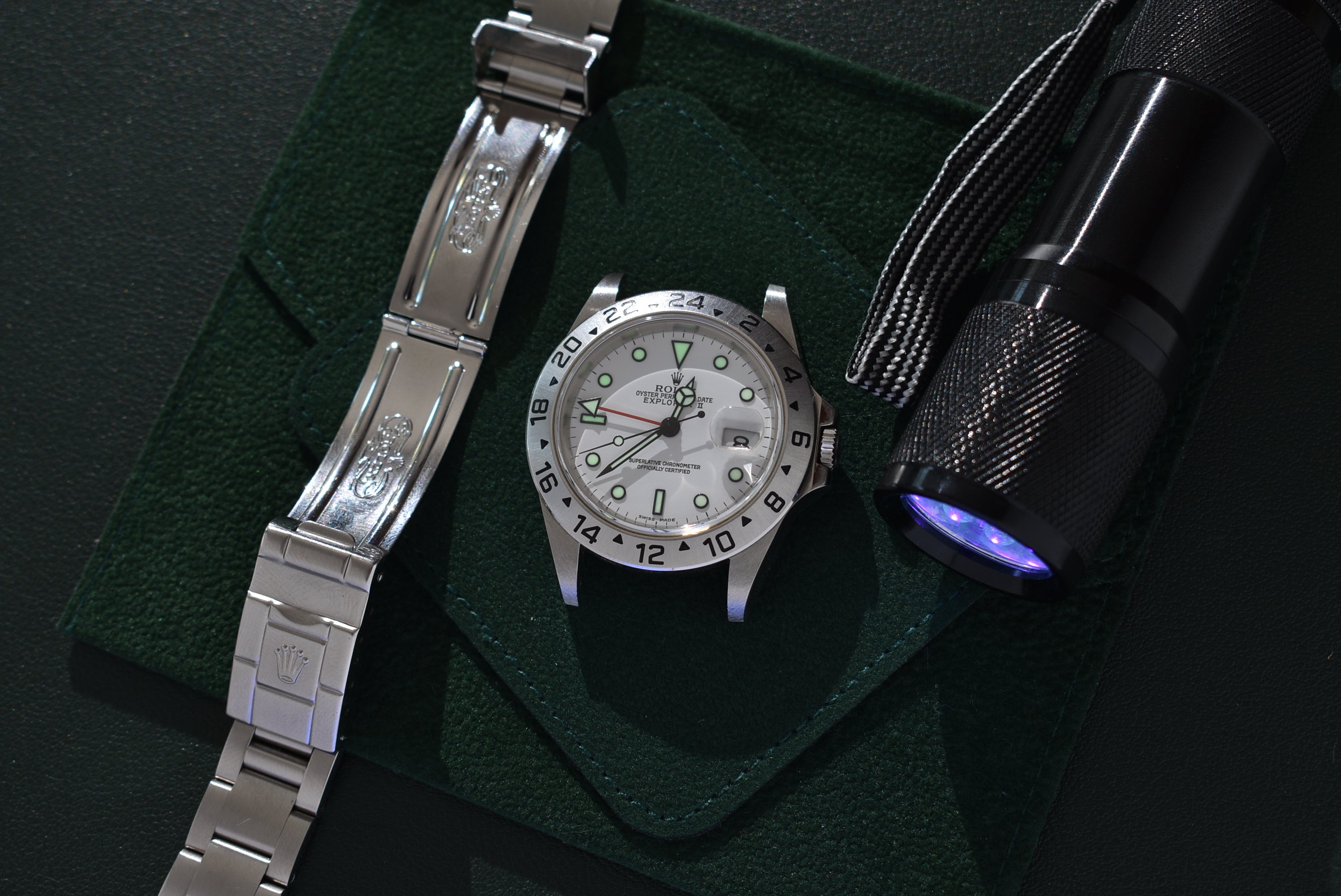
The Details
All our watches are scrutinized during inspection to make sure our descriptions are as accurate as possible.
- Related products
- Recently viewed
